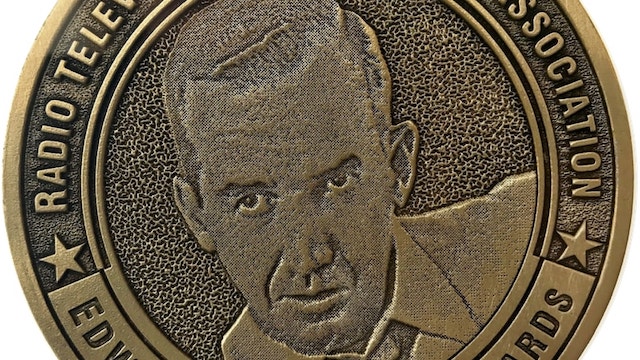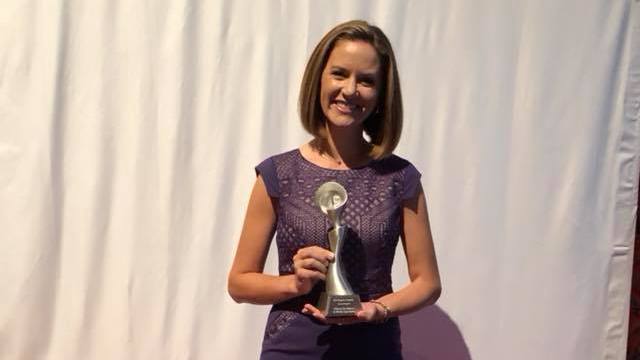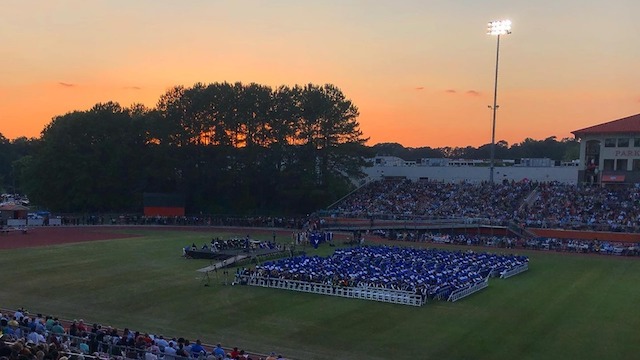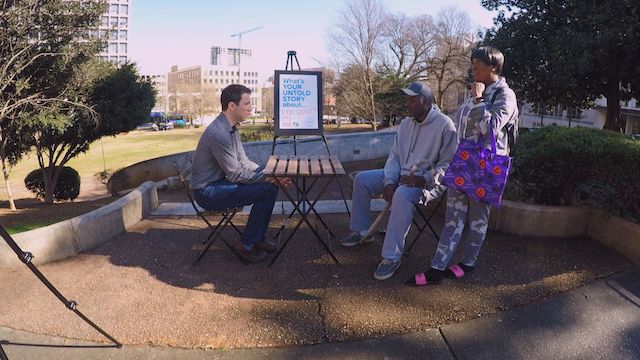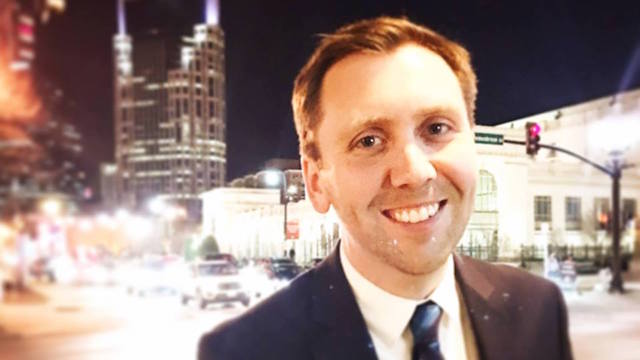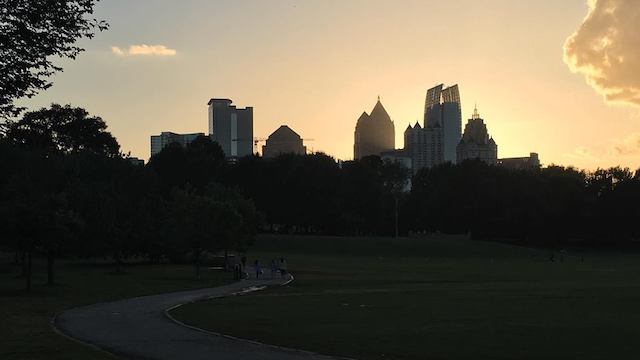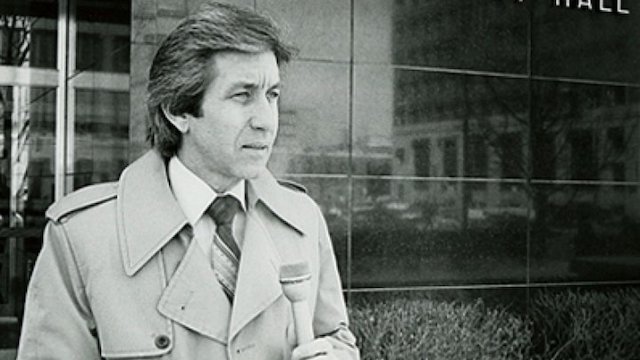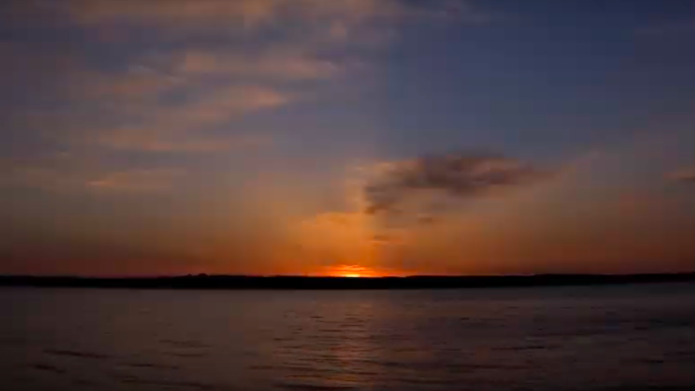A few years ago, the RTDNA added a new category for its esteemed Edward R. Murrow awards in journalism: Excellence in Innovation.
But this year, as I survey the national winners that were announced last week, I see innovation everywhere.
It shows on the local level, thanks to ambitious companies including the one (TEGNA) for which I feel proud to work. It thrives on the national level, where everyone from ESPN to Univision is flexing its storytelling muscles. And it particularly shines in the digital realm, where news organizations need not worry about breaking the rules because they’re creating them.
Over the past few days, I carved out hours to watch this year’s winners. Here are five lessons that have already embedded themselves in my own journalistic mindset:
THE STORY: The legacy of the zero tolerance policy (Univision Noticias Digital)
THE LESSON: If you’re focusing on one person’s story, immerse yourself in it.
Per Univision’s research, more than 2,500 children were separated from their families at the US-Mexico border by American officials. This is part of the US government’s “zero tolerance policy.”
This story stood out because the journalists involved focused on one child and dove deep.
The Univision crew follows a six-year-old Guatemalan girl named Adayanci Pérez as she returns home after three-and-a-half months. The details are harrowing. Pérez returns to school and barely smiles, looking shook around her teachers and classmates. Her family can’t read the PTSD diagnosis she received before her return because it’s in English. Revelations like these fill the nine-minute mini-doc, and they unleash so many questions. They were only uncovered because of the commitment and time investment of all involved.
